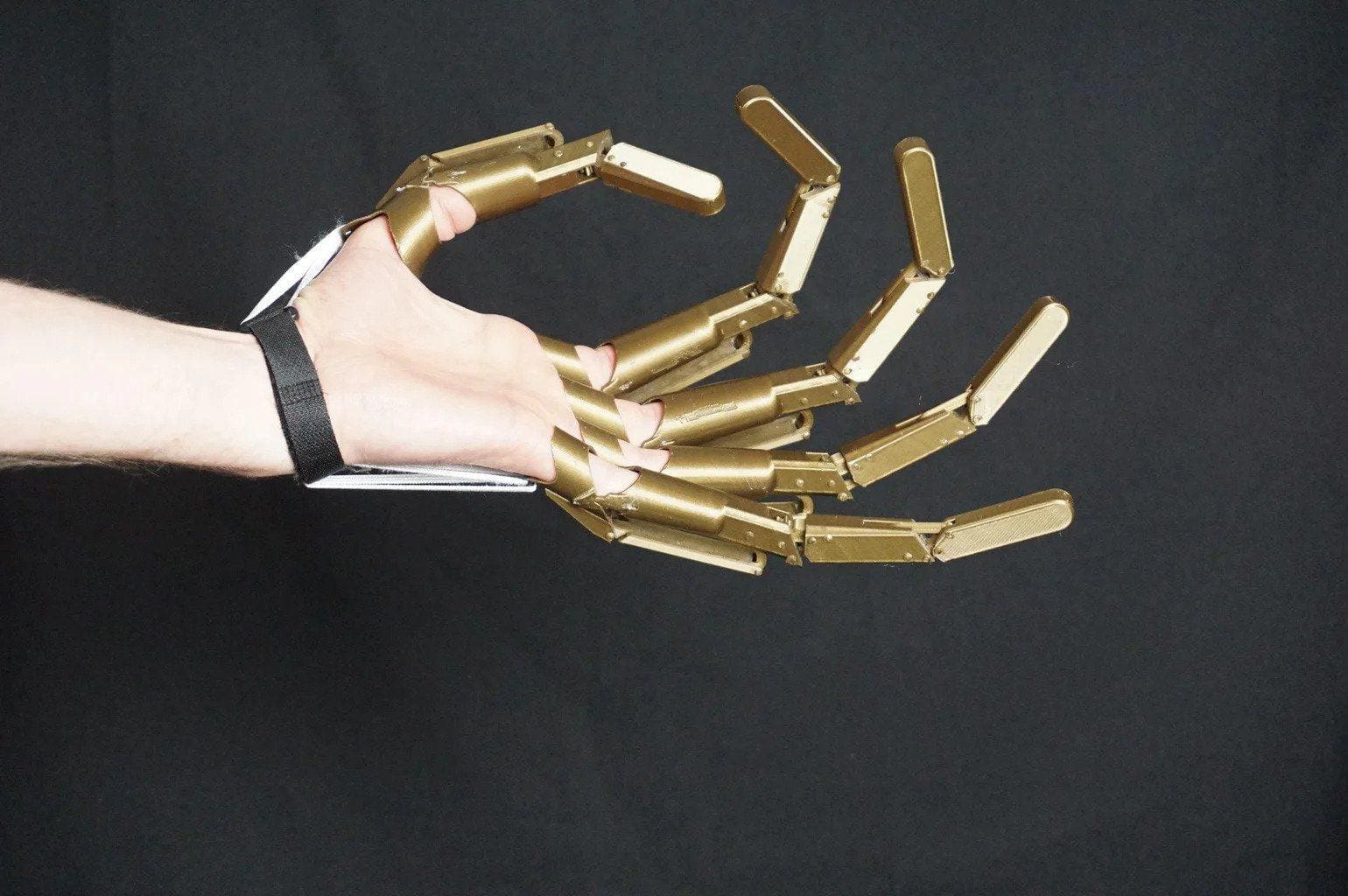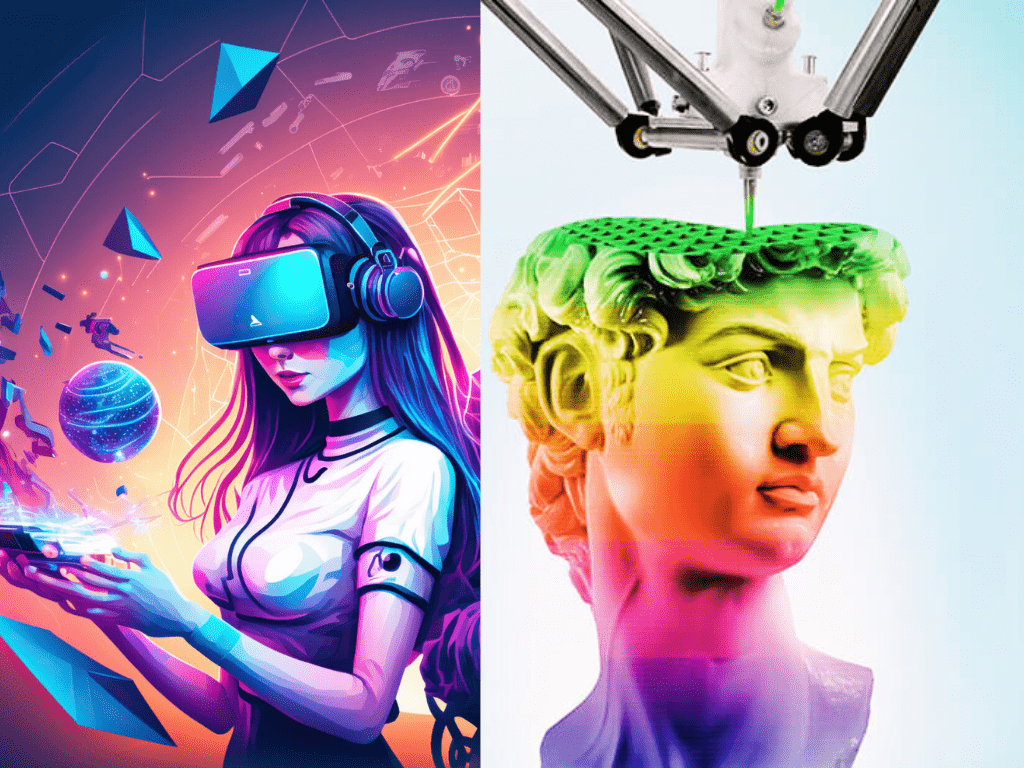New challenge for 3D printing technology?
A 30-year-old Uzbek woman underwent successful surgical surgery at a private hospital in Delhi where eight finger joints in her palms were replaced with 3D printed finger implants.
The patient had severe rheumatoid arthritis, an inflammatory condition that damages the tissues around the joints and produces inflammation, pain, and damage.
The patient’s finger movements have been restored, and her pain has been greatly decreased thanks to the single-stage finger joint replacement. Particularly in more severe cases, rheumatoid arthritis is known to damage and deform joints, resulting in decreased mobility and a patient’s quality of life.
Dr. Aashish Chaudhry, managing director of Aakash Healthcare, and Dr. Neeraj Godara, consultant and hand, wrist, and reconstructive microsurgeon, carried out the procedure.
According to the doctors, Zulfiya Masharipova underwent treatment at the hospital for her severely damaged finger and hip joints.
Solution: How to cure??
Answer- is Biomedical 3D printing and 3d printed medical implants
Biomedical 3D printing is revolutionizing the field of medical implants. With the help of advanced 3D printing technology, it is now possible to create customized implants tailored to the specific needs of individual patients.
These 3D printed medical implants are not only more precise but also more affordable and accessible than traditional implants. They are being used to treat a variety of conditions, from orthopedic injuries to dental problems.
As this technology continues to evolve in different fields and applications, it holds tremendous potential for improving patient outcomes and quality of life. Biomedical 3D printing is poised to be a game-changer in the field of medicine.

Img shows the functional finger. Images via Dani Clode
How Biomedical 3D printing helped?
Following an assessment, the physicians found that she required replacement surgery not just for both hips, but also for eight finger joints.
The physicians used 3D printing technology to construct specialized joint implants because small joint implants needed for fingers are not easily accessible in India. Dr. Godara said “We were able to manufacture titanium metal-based implants using cutting-edge 3D printing technology that was engineered to fit perfectly in her injured joints and restore their function.
“First, both hips were replaced on March 3, 2023, and when the patient had fully recovered, the second surgery was done, which involved replacing eight finger joints in both hands with personalised implants, he said.
The result astounded the patient. Within a few weeks following the operations, the doctors reported that she could walk independently and could freely move her fingers.
Successful Surgery – 3D Printing once again wins the battle!!
The surgery was conducted successfully and the woman was able to use her fingers again. She was able to move her fingers with ease and was relieved to be free of pain.
The doctor who conducted the surgery said that it was a unique procedure and they were glad to be able to help the woman. According to Dr. Chaudhry, the technology enables clinicians to design implants that are ideally tailored to each patient, improving results and accelerating recovery times.

Conclusion
This case is a testament to the power of 3D printing in healthcare and 3d printed prosthesis. 3D printing can be used to create custom-made medical devices, and prosthetics that can help people who suffer from various medical conditions. The woman in this case was able to use her fingers again thanks to the 3D-printed prostheses created by the doctors. This case serves as an example of how 3D printing can be used to help people with medical conditions.
Did you check our latest 3D printing slicing software post, if not must Visit the post here
What is 3D printing?
3D printing is a manufacturing process that creates three-dimensional objects by adding material layer by layer based on a digital design.
What is biomedical 3D printing?
Biomedical 3D printing is a field of 3D printing that is focused on creating medical devices, implants, and prosthetics.
What are 3D printed medical implants?
3D printed medical implants are prosthetic devices that are created using 3D printing technology. These devices can be customized to fit the specific measurements and needs of the patient.
What is a 3D printed prosthesis?
A 3D printed prosthesis is a prosthetic device that is created using 3D printing technology. These devices are customized to fit the specific measurements and needs of the individual who will be using them.
What are the benefits of 3D printed medical implants and prosthetics?
The benefits of 3D printed medical implants and prosthetics include customization to fit the individual needs of the patient, reduced manufacturing time and cost, improved patient outcomes, and the ability to create complex shapes and structures.
What materials are used in 3D printing medical implants and prosthetics?
The materials used in 3D printing medical implants and prosthetics can vary depending on the specific application, but commonly used materials include metal alloys, plastics, ceramics, and biomaterials.
Is 3D printed medical technology safe?
Yes, 3D printed medical technology is generally safe when manufactured according to regulatory standards and guidelines. Like all medical devices, 3D printed implants and prosthetics must meet strict safety and efficacy requirements before they can be used in patients.


1 thought on “3D Printed Finger Joints Enable Uzbek Woman to Use Fingers Again | FutureTechVerse”
Comments are closed.